2021 was full of innovation and discovery in the world of science, covering everything from biological discovery and archeology to not one but two burgeoning space races.
We learned some fascinating things about ancient animal species, including some surprising facts about dinosaurs, and we learned a lot about humanity as well.
Quantum computers jumped from the realm of practical technology to potentially physics defying breakthroughs while some of our most cherished scientific achievements started to show their age.
We broke the record for the coldest temperatures ever achieved and might have caught sight of our first exoplanet in another galaxy.
There was a lot going on this year, but we pulled out the major stories throughout the year that helped define the year in science for 2021.
January
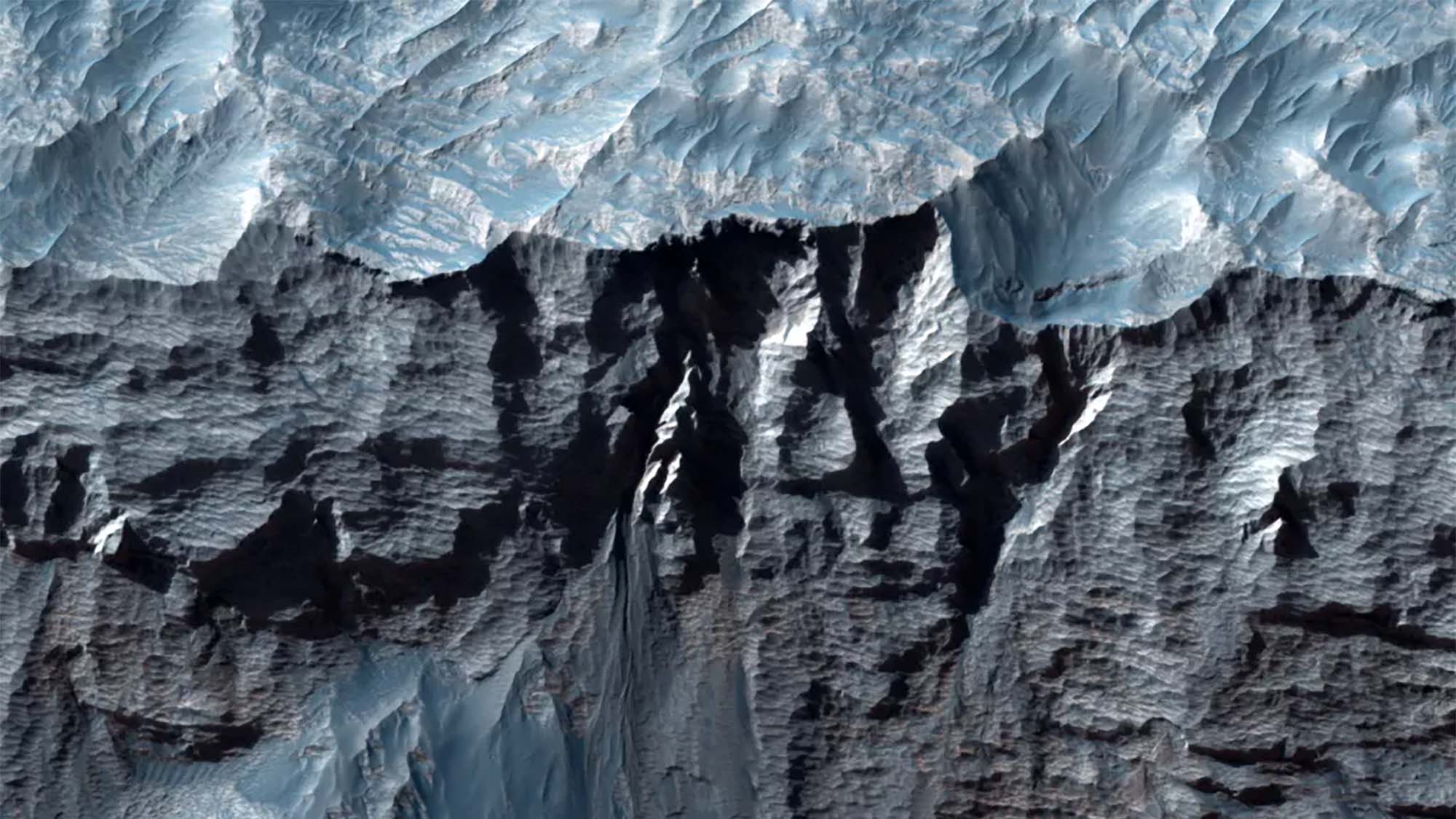
We're not going to lie, January was tough, as several studies and reports showed just how quickly the climate crisis was advancing. One study showed that the triple-threat of climate change, biodiversity loss, and overpopulation could spell calamity for humanity by the end of this century.
Following up on that study, another showed that Earth is now hotter than its been in at least 120,000 years, seeming to settle a major conflict over climate models in favor of "Yeah, it really is that bad."
We also got some stunning photography of Mars' Valles Marineris, the single largest canyon in the solar system. The gash cuts across one side of Mars for thousands of miles and about 10 times longer and three times deeper than the Grand Canyon in Arizona.
February
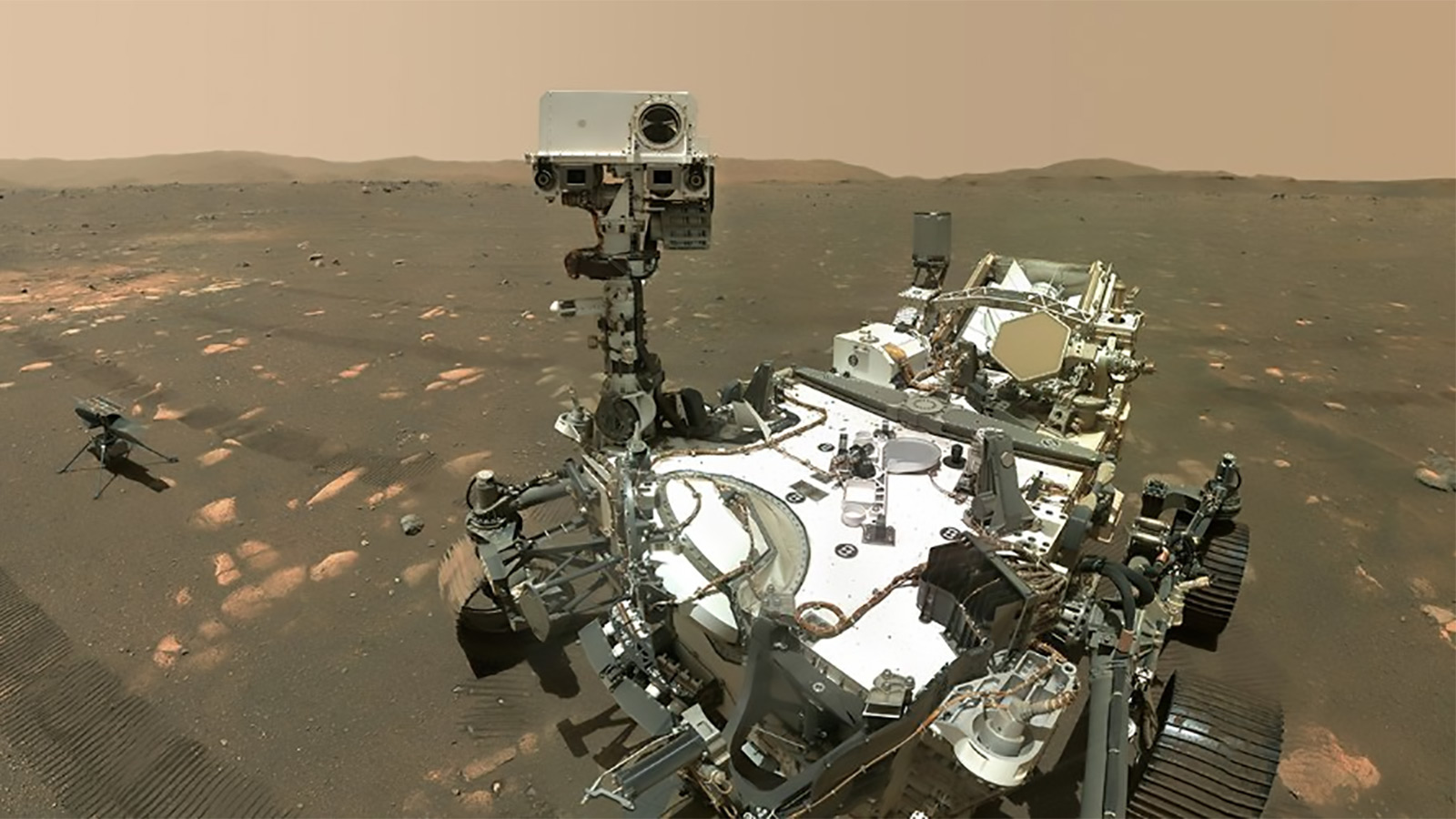
Ok, February was Mars' month to really shine.
First, the United Arab Emirates also sent its first probe to Mars on February 9, a major milestone for a country that only launched its first satellite a decade ago.
Not to be outdone, China's first interplanetary spacecraft, the Tianwen-1 orbiter, arrived in orbit around the Red Planet the next day on February 10, beaming back spectacular video in the process.
The big show came a little over a week later when the NASA Perseverance rover successfully touched down on Mars in an ancient lake bed called Jezero Crater after "seven minutes of terror" as the rover's landing sequence played out via automated programming.
It went off flawlessly and Perseverance has been doing science on Mars ever since. Even better, Perseverance was able to send back the first audio ever recorded on another planet: a recording of the Martian wind blowing past the rover.
A little closer to home, NASA also chose SpaceX's Falcon Heavy to carry the first pieces of NASA's Gateway Station to the Moon's orbit, with an expected launch date sometime in 2024. NASA picking SpaceX for stuff is going to be a big theme for 2021, in case you're wondering.
March
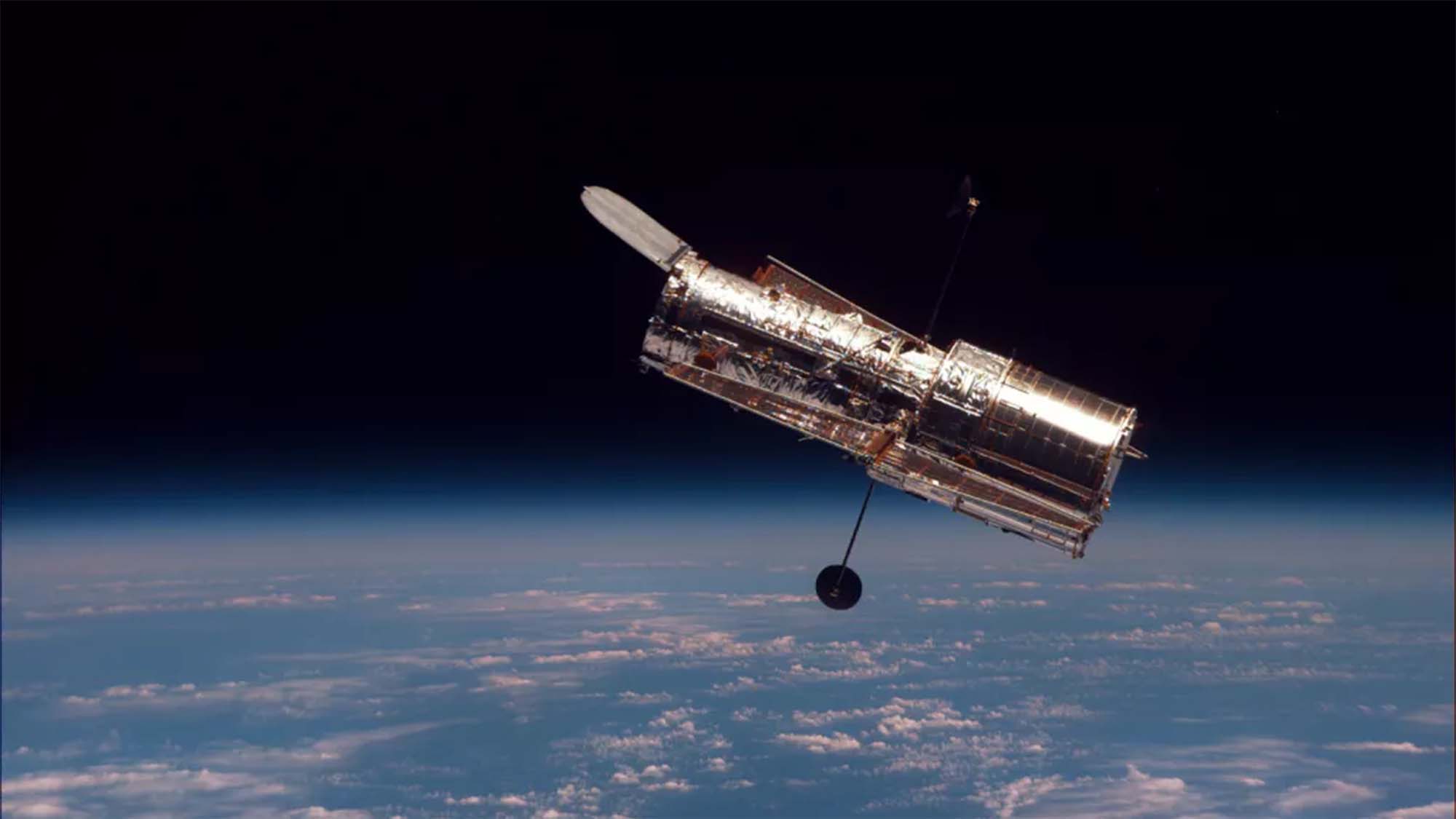
Hubble had some trouble in March, suffering a software glitch that knocked it out of commission for several days. While in itself not terrible, it would end up foreshadowing more serious problems later in the year.
We also got a new digital recreation of the complete Antikythera Mechanism, a roughly 2,000-year-old device discovered in an ancient Roman shipwreck in 1900 and considered the world's first mechanical computer.
The mysterious device is missing many key parts and is covered in two millennia of corrosion and sediment buildup, so figuring out how the device actually worked is one of archeology's greatest ongoing challenges.
We do know some things about it though, like the fact that it charted the positions of the planets, predicted lunar eclipses, and even counted down to the next Olympic games in Athens.
April
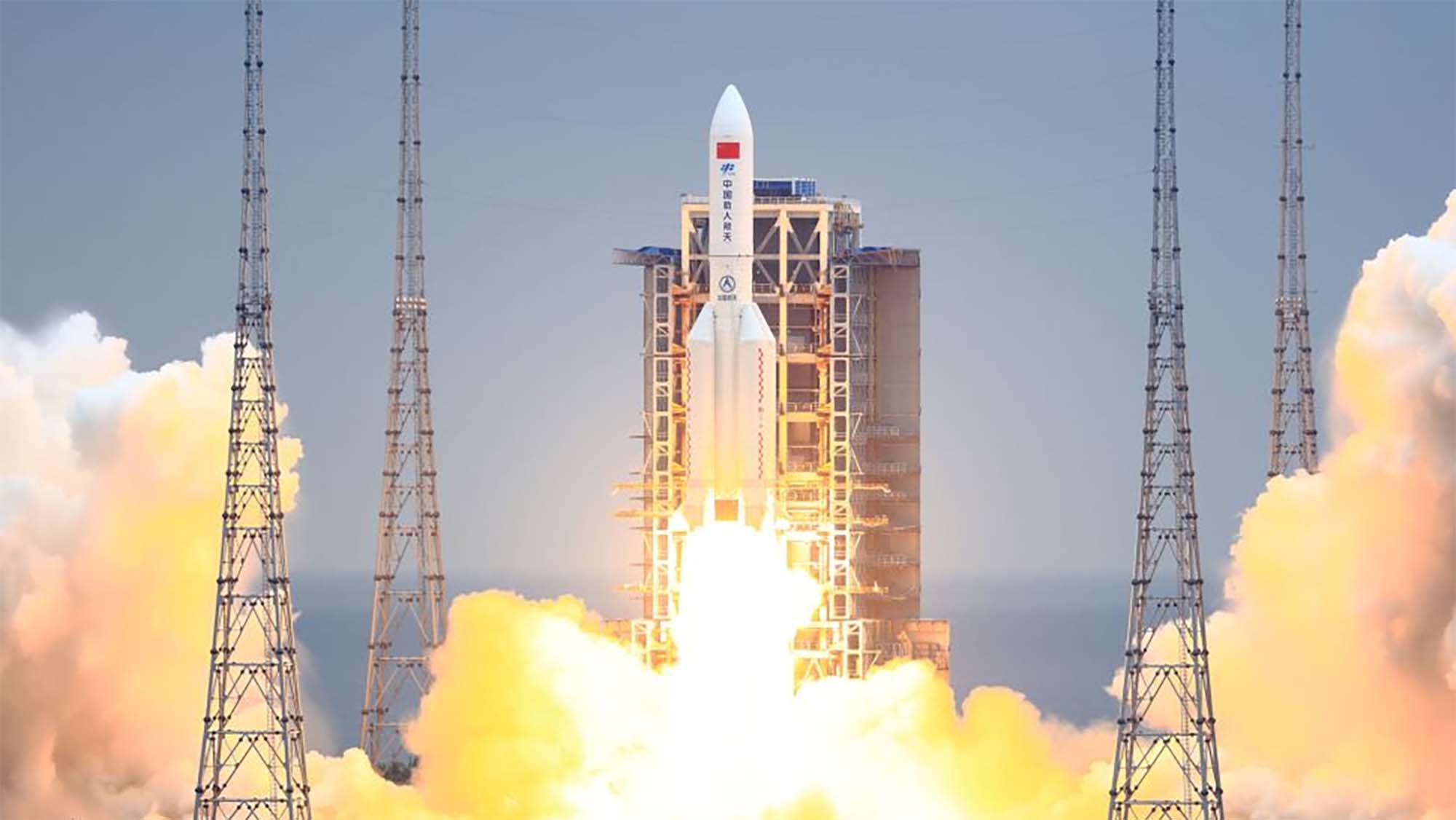
April was a historic month on Mars, as the Ingenuity helicopter drone made its first test flight after arriving on the planet with the Perseverance rover back in February.
It was the first time a human aircraft ever flew on another world, making it something of a Wright Brothers moment for NASA engineers.
"I don't think I can ever stop watching it over and over again," Ingenuity project manager MiMi Aung said afterward.
Back here on Earth, just a really long time ago, we learned something remarkable about every kid's favorite dinosaur: Tyrannosaurus Rex.
Looking at new simulations of how a T. rex's tail would have moved given what we know of its physiology, it turns out its typical walking speed was a sluggish 3 mph (5km/h).
Speed doesn't scale well with weight, so this shouldn't be surprising, but given how many other huge dinosaurs were around at the time, T. rex hunting prey might have been history's slowest chase scene. Considering that T. rex possibly numbered in the millions right up until 66 million years ago, it seems to have gotten along just fine. Until the asteroid hit anyway.
Finally, just before the end of the month, China put the first section of the Tianhe space station into orbit. Called the Tianhe core module, the module provides life support and living space for up to three crew members, and includes the necessary guidance and navigation controls for the station as more modules are added in the months ahead.
May
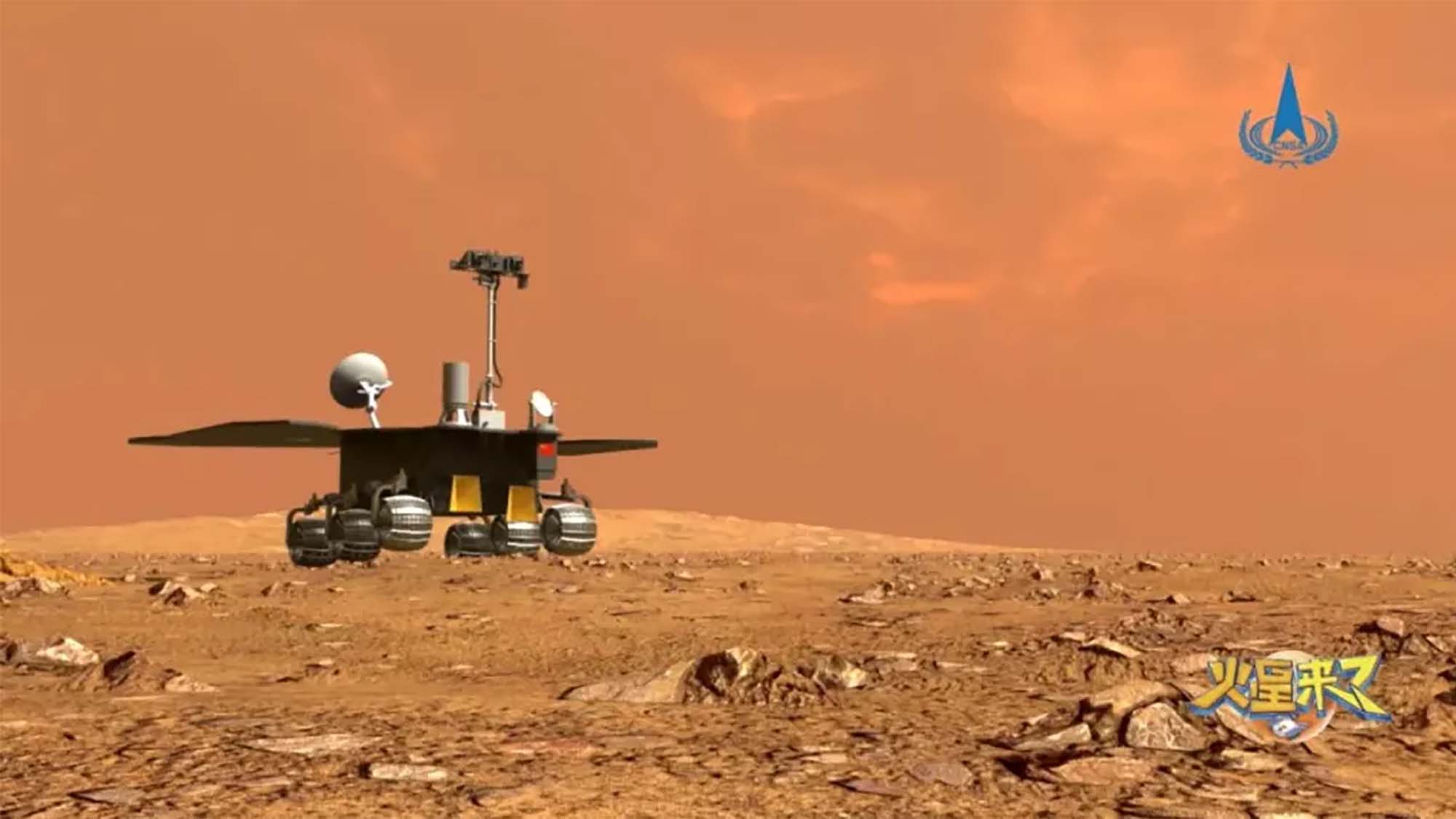
Following up on NASA's Perseverance, China landed its first rover, Zhurong, on Mars in May.
Succesful landing of #Tianwen1, on #Mars! Landing point: 109.7 E, 25.1 N, less than 40 km from target location in Utopia Planitia. More details expected later! pic.twitter.com/bMSvziscjiMay 15, 2021
The Mars landing is a historic feat for China, making it only the second country to put a rover on another planet, after the United States. This is a further sign of the brewing space race between the two countries that is expected to accelerate in the years ahead.
Zhurong is equipped with panoramic and multispectral cameras and equipment to analyze rock compositions, as well as ground penetrating radar to explore subsurface features of the Utopia Planitia region of the planet.
Looking out a little bit past Mars, scientists were able to watch and document a star being eaten by a black hole in a process known as spaghettification.
This is where the tidal forces of the black holes gravity on the side of the star nearest it is so much greater than the gravity on the star's far side that the difference in gravity literally tears the star apart, turning it into a stream of material that eventually forms an accretion disk around the black hole as it slowly consumes the material.
We knew that this process happened, but this was the first time astronomers got to watch it happen to an actual star.
Finally, there was news in May that scientists have determined that the longest a human can ever live, biologically, is about 150 years. After that point, the body is simply no longer able to repair itself. So, it turns out humans do have a definite shelf life.
June
June saw some disturbing news on the climate front, as a satellite photos taken from 2017 to 2020 showed Antarctica's Pine Island Glacier – one of the continent's most endangered – dramatically losing up to 20% of its supporting ice shelf in just four years.
The consequences of this kind of rapid ice loss will be dire, as melting ice from collapsing glaciers and ice sheets contribute to catastrophic sea level rise.
While we're talking about Antarctica, the southern most continent on Earth now officially has its own ocean, the Southern Ocean.
While the idea of the Southern Ocean isn't new, it wasn't officially listed alongside the four other recognized oceans: the Altantic, the Pacific, the Indian, and the Arctic.
June also saw more evidence emerge that a comet fragment impacted Earth 13,000 years ago and caused the Younger Dryas period, a 1,500 year stretch starting around 11,000 BCE where Earth's climate suddenly snapped back into ice age conditions just as the last ice age was coming to an end.
The comet fragment theory – or the Clovis comet impact hypothesis, as it is known – has been a controversial one over the years.
New research into a global layer of platinum and other deposits in the geological record right at the start of the Younger Dryas though are pointing more and more to an impact, providing crucial support for the theory.
More research needs to be done, but it's looking increasingly like humanity survived an apocalyptic impact event 13,000 years ago, and the subsequent impact winter might have forced hunter-gatherer societies to work the Earth to try and grow food as it became more scarce – essentially forcing human tribes to form civilization as we know it in response to the crisis.
July
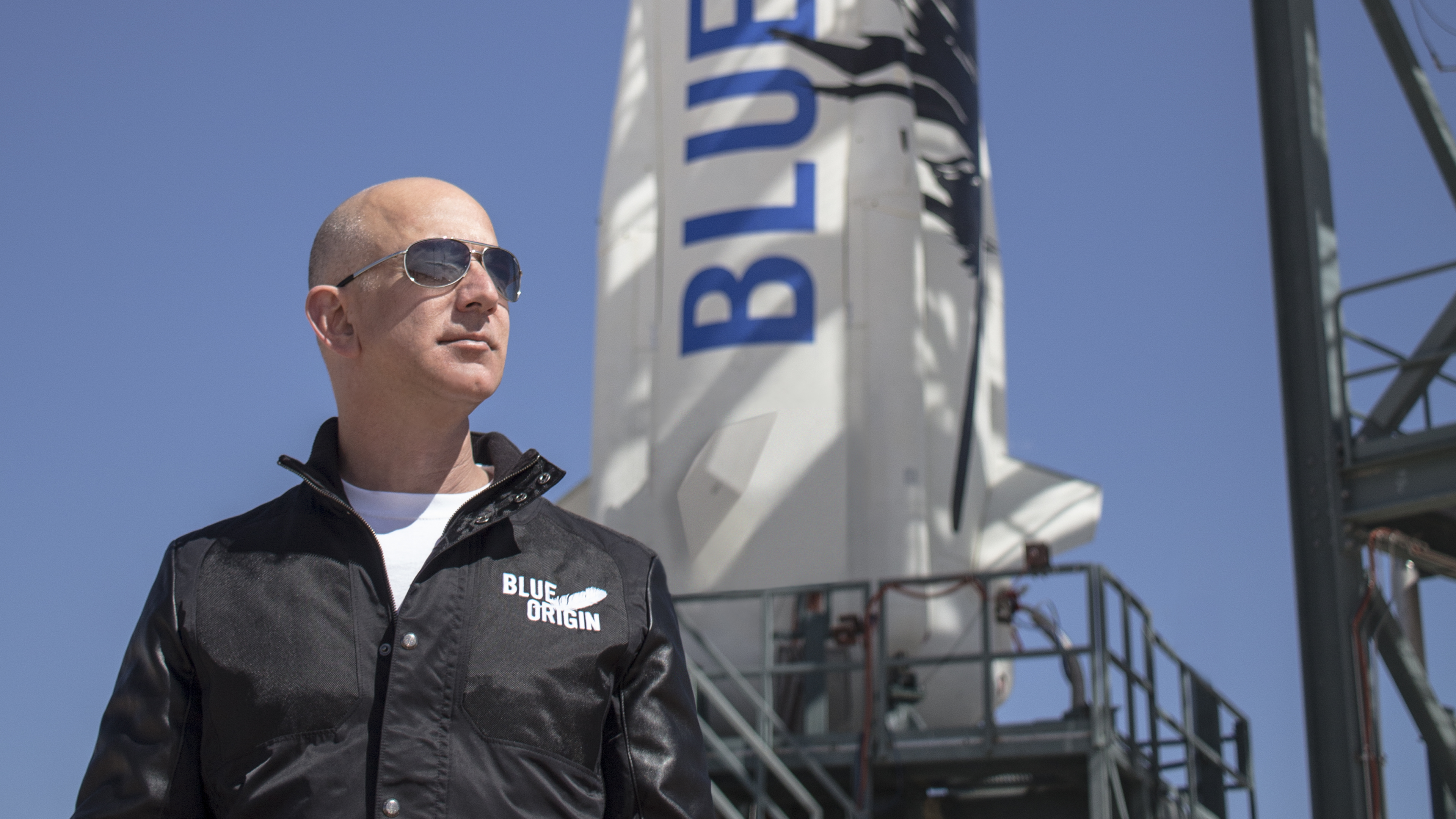
There was a lot that happened in July, but arguably the most important story of the month was the Billionaire Space Race kicking into high gear.
Both Richard Branson and Jeff Bezos launched themselves into someone's definition of space, and we'll leave it to Bezos and Branson to pull out the measuring tape on that one and argue over where "outer space" actually begins.
Throw in half a year of Elon Musk's SpaceX launching a crewed mission to the International Space Station, several tests of SpaceX's Starship (many of which met a fiery end on a landing platform), and trash talk on Twitter, and one of the most obnoxious spectacles of the past decade spilled out into the open in July.
The saddest part about it all is that the future of space exploration is likely in their hands, and especially in the case of SpaceX, they are actually delivering results. So we're likely destined to have to put up with this for the foreseeable future as these companies become more integrated into our official space agencies in the US, Europe, and even in Russia.
Moving on from all that for now, there was also an exciting little tidbit of astronomy this August, with the discovery of a moon-forming disk around an exoplanet in a solar system in the earliest stages of its formation.
It was the first time we've ever seen anything like this, and it's a huge discovery for scientists researching solar system formation to actually see this process playing out.
As for the disk, it is surrounding an exoplanet that is about the size of Jupiter, and the disk itself is gargantuan, estimated to be about 500 times larger than the rings of Saturn, or comparable to the distance between the Earth and the Sun.
August

August was a huge month for quantum computing fans as Google announced that they had creating physics-breaking "time crystals", a quantum phenomenon that violates the principle of entropy laid out by the second law of thermodynamics.
The results have to be confirmed, and that isn't a simple task, obviously. No one just has a spare quantum computer lying around that researchers can use.
Still, if Google's Sycamore quantum computer has managed to create time crystals, all we can say is it's a big friggin' deal, and the implications of it still aren't clear even to physicists who do this for a living.
August also saw the announcement that researchers had identified the source of the dinosaur-killing asteroid that hit the Yucatan Peninsula in the Gulf of Mexico 66 million years ago.
Examining samples from the Chicxulub crater, the asteroid was determined to be a carbonaceous chondrite, an ancient class of asteroid that originates on the darkest, outer edges of the asteroid belt between Mars and Jupiter.
It's suspected that Jupiter's gravitational influence nudged the space rock into the inner solar system, and simulation models show that this happens more often than we originally suspected, with impacts with Earth occurring about once every 250 million years. So we've got time, yet.
While not the most ground-breaking event in science this year, it's still really cool that researchers spotted a metal-laden white dwarf rocketing against the rotation of the Milky Way at nearly 2 million mph (about 3.2 million km/h) like it was shot out of a cosmic cannon.
And in a lot of ways, it probably was. Astronomers suspect that the white dwarf was the companion to a star that went supernova, and the blast was so violent that the white dwarf remnant shooting through the galaxy has enough velocity to escape the Milky Way entirely and fly off into intergalactic space.
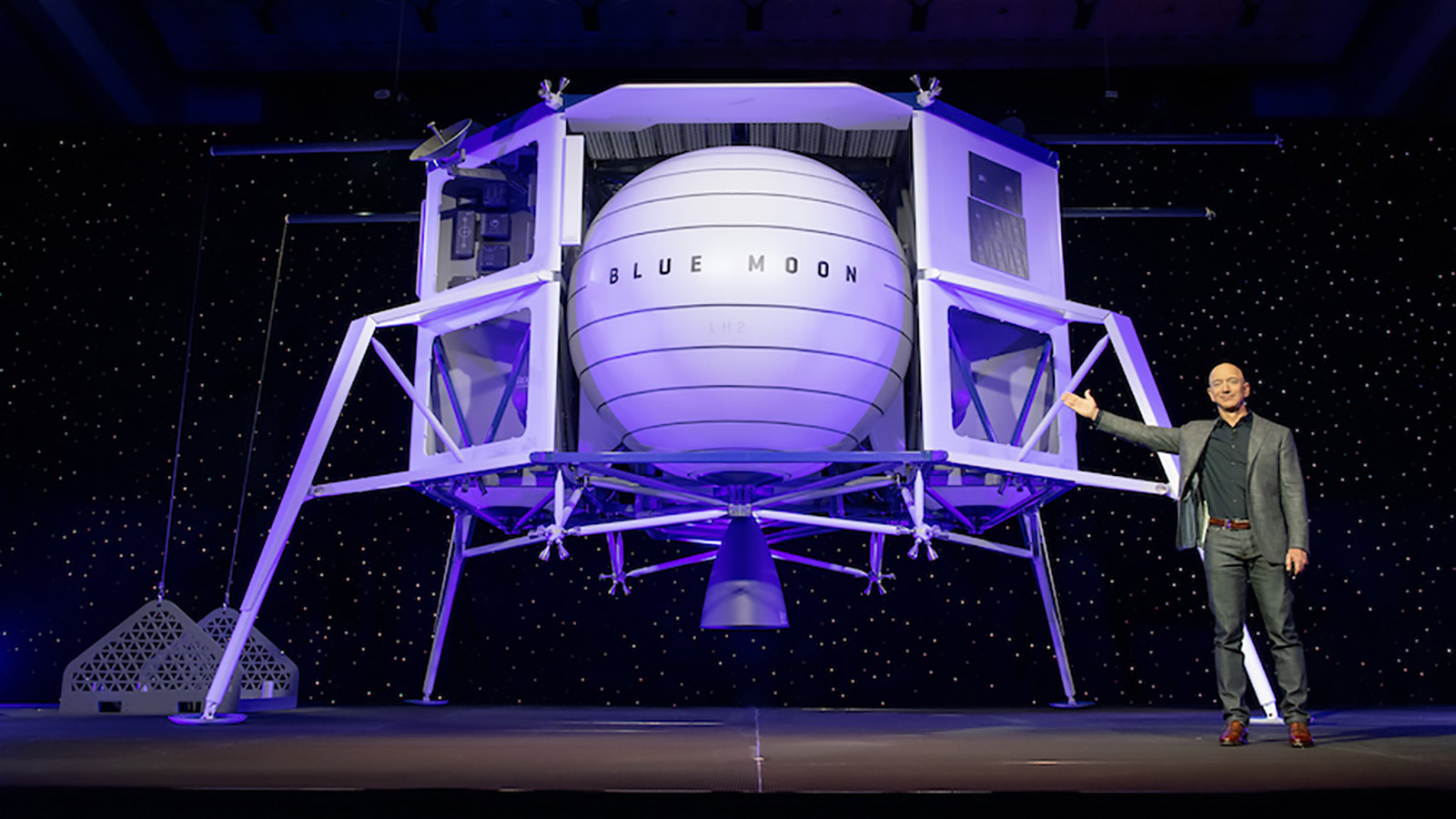
Oh, and if you thought you were done with the Jeff Bezos-Elon Musk fight over who gets dibs on outer space, you'd be wrong. By the middle of August, Jeff Bezos was suing NASA over its awarding SpaceX the Artemis lunar lander program, even though Bezos's Blue Origin bid was almost twice what SpaceX's bid was.
While this isn't really a fight between Musk and Bezos as much as it is a fight between Musk's SpaceX and the legacy military-industrial complex mainstays like Lockheed Martin, Boeing, and Northrup Grumman, Bezos's lawsuit did manage to delay the Artemis mission and push it back to 2025 at the earliest.
September

Poisonous cane toads that even notoriously prickly Australian wildlife won't mess with have nothing to fear but themselves – literally.
The invasive cane toad, first introduced into Australia in the 1930s from South America as a pest control measure has spiraled out of control and now 200 million cane toads in Australia have made cannibalizing the young a key part of their development out of the tadpole stage, according to a recent study.
This in turn has made the cane toad hatchlings evolve to mature faster so that they can defend themselves against their older counterparts. This in turn is making the cane toads evolve to be even more ferocious in hunting down hatchlings to eat in a twisted evolutionary arms race.
"These toads have gotten to the point where their own worst enemy is themselves," the study author said.
We also saw new research in September that quantified the damage that a particularly strong solar flare could cause, and it's not good.
A powerful solar flare wouldn't harm any of us on the ground, not directly anyway. Earth's magnetic field protects us from any danger from the charged particles flying off the Sun during a solar flare event. But electronics? Yeah, they're toast.
The research revealed that there aren't enough redundancies in internet transmission capacity, particularly with undersea cables, which could be fried during a solar flare event and which could take months to replace.
Meanwhile, North America could be cut off from the rest of the world's internet until the cables were replaced, causing $7 billion dollars of economic damage a day while the internet remains out of commission.
In happier news, SpaceX's Inspiration4 mission, the first privately chartered space flight to orbit the Earth, helped raise tens of millions of dollars for St. Jude's Children's Research Hospital, which treats pediatric cancers and other diseases.
Inspiration4 also gave us something new from SpaceX: a cupola on the Dragon Crew capsule. This domed window gave the crew members stunning views of the Earth as they orbited, making everyone else on Earth jealous as hell.
The crew of #Inspiration4 had an incredible first day in space! They’ve completed more than 15 orbits around planet Earth since liftoff and made full use of the Dragon cupola. pic.twitter.com/StK4BTWSA6September 17, 2021
October
We had a couple of choice bits in October as well. First, there was news that researchers in Germany broke the record for the coldest temperature ever achieved in a lab.
Using a special state of matter known as a Bose-Einstein condensate, made from 100,000 rubidium atoms held in place with magnetic fields and cooled to about 2 billionths of a degree Celsius, the researchers dropped the condensate from a 120-foot tall freefall tower while flipping the magnetic field off and on rapidly.
This dropped the temperature of the atoms to just 38 picokelvins, or about 38 trillions of a degree Kelvin above absolute zero, for roughly two seconds.
Speaking of cold, a comprehensive study of wooly mammoth fossils and other environmental samples collected over 20 years claims to prove that the mammoths weren't hunted to extinction, but rather died off because of climate change.
Coming out of the last ice age, mammoths were adapted to finding and eating a tough kind of plant life that can survive in snowy climates, but when the snows melted, those plants got pushed out by the marshy plant life of a tundra, which the mammoths apparently couldn't eat, or which at least didn't provide the proper nutrients.
Finally, we got word toward the end of October that we might have spotted our first exoplanet in another galaxy. Unfortunately, it appears to be orbiting far enough away from a black hole or neutron star that we won't be able to confirm it using the transit method for about 70 years.
November

In November, we learned that it's no use hiding from you cat, they know where you are at all times thanks to some special process that can link sound to location like pinning audio cues on a 2D mental map.
Even when they're not looking, they're still watching you, apparently.
We also got new evidence of a unique kind of fast radio burst, one whose source appears to be repeatedly exploding, as many as 1,652 times in a single 60 hour period of observation.
The researchers who spotted it are at a loss to describe what could be causing such an unusual, and rapid, pattern, but they have some guesses.
We saw more space debris make the news in November as well, as several incidents involving space debris threatening the International Space Station made the news, including an anti-satellite weapons test conducted by Russia that sent shrapnel from the satellite into the path of the ISS, forcing astronauts to enter their Dragon and Soyuz capsules as an emergency precaution.
December
Closing out the year, we had a new EP drop from Mathematician and electronic music artist Dr. Valery Vermeulen that used data from black hole collisions and black hole simulations to create sometimes-haunting soundscapes.
We interviewed Vermeulen and explored the overlap between art and science, how we can use unorthodox tools to make complex science more accessible to the masses, and why that ultimately matters.
On the opposite end of the spectrum from black holes, the Parker Solar Probe finally touched the Sun's outer layer this year.
The announcement in December was met with a lot of understandable fanfare and wonder, but the accomplishment will also better help us understand solar winds and other space weather produced by the Sun.
And we obviously can't close out the year without talking about the James Webb Space Telescope (JWST) launch. The successor to Hubble, JWST will be the next-generation observation platform for astronomers for the next five to ten years, and probably longer.
The incredibly delicate deployment is still underway as you read this, but we're getting closer to having an entirely new eye on the universe that will let us see further back in time to the earliest galaxies and stars to ever have formed. Exciting stuff, assuming everything goes right.
Fingers crossed, otherwise that'll be a crappy way to kick off the year in science for 2022.
from TechRadar - All the latest technology news https://ift.tt/3FI0ljG





0 Comments